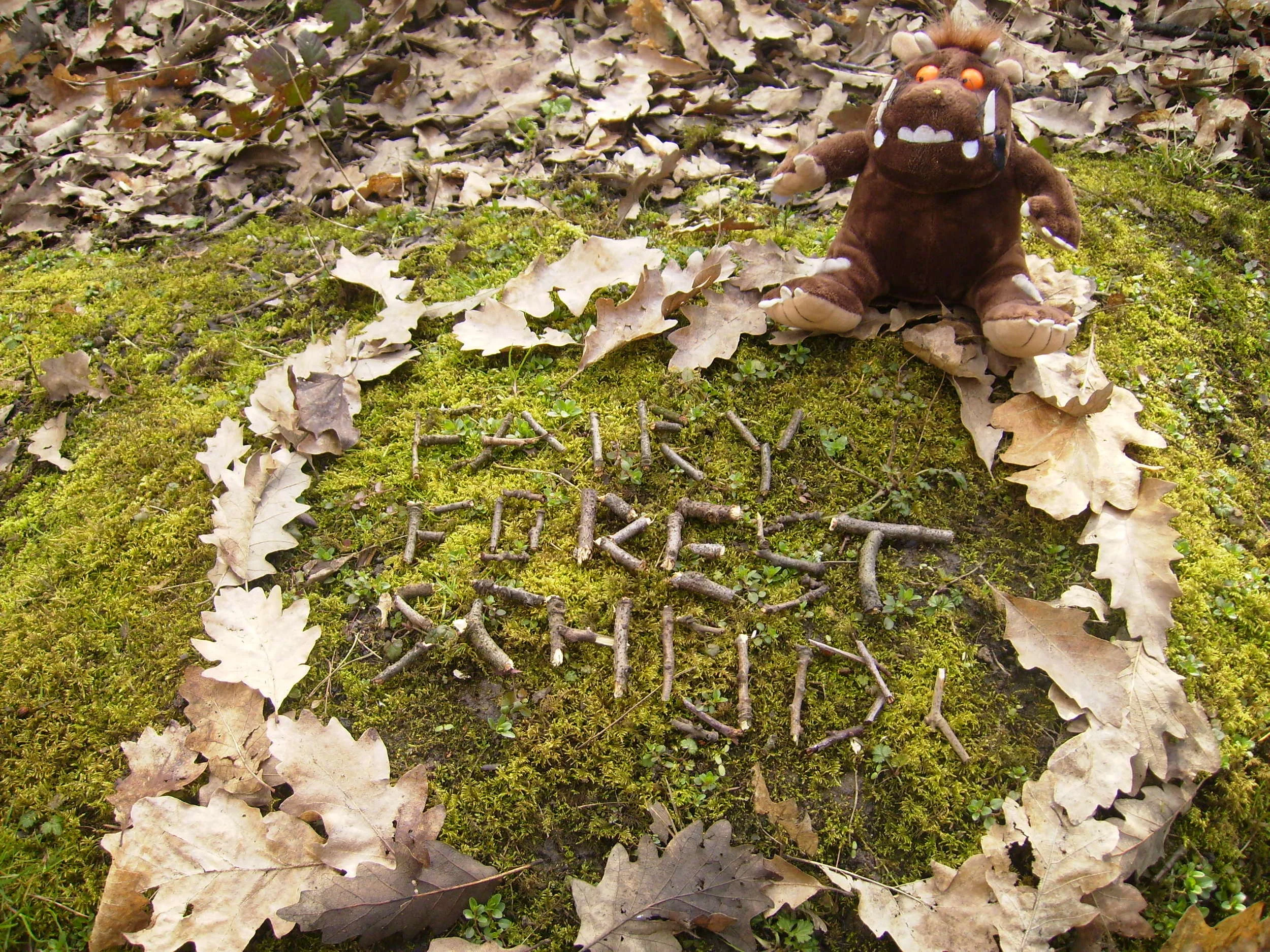Great for parents and children of all ages. More info to follow which we'll be posting over the next few days so you aren't overloaded.
We've been asked to repeat HOLIDAY CLUBS experiences which were a great success at half term so get in touch if you want a private function catered to your club members for over Easter.
Customers have had so much fun they've also asked us to do BIRTHDAY PARTIES. We're happy to be part of a big day but we always put the site and other users as a big priority so spaces are limited. We've decided to only have one party at each of our sites per month to avoid some of the issues the Woodland Trust has had with party companies using their sites - we'll keep an eye on the situation, review it and see how it goes.
UPCOMING EVENTS:
Every Monday 10am APPLETON FOREST SCHOOL
Saturday 21st March BEAR HUNT Appleton Forest School.
Sunday 22nd March PRIVATE FUNCTION Birchwood Forest School
Saturday 28th March BEAR HUNT Birchwood Forest School
GOOD FRIDAY 3rd April Easter Special Birchwood Forest School
EASTER SATURDAY 4th April we'll be helping an Easter Egg Hunt at Risley Moss
EASTER MONDAY 6th April Appleton Forest School EASTER SPECIAL
Wednesday 8th April 10,000 BC NEOLITHIC VILLAGE
Saturday 11th April BEAR HUNT Salford Forest School
Monday 13th April Appleton Forest School
Tuesday 14th April GRUFFALO Cadishead Forest School
Wednesday 15th April FOREST GAMES and FIRE Birchwood Forest School
Saturday 18th April STREAM MADNESS Appleton Forest School













